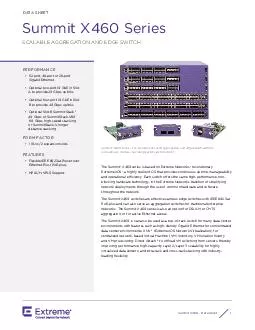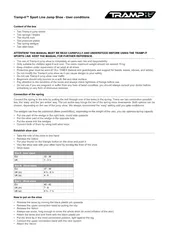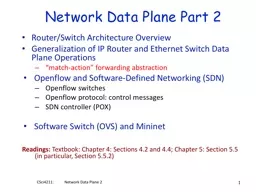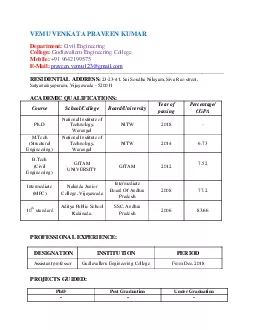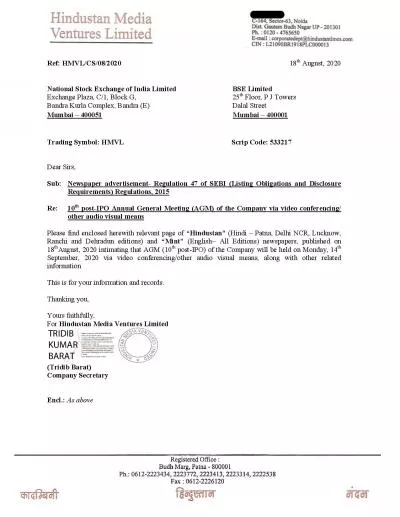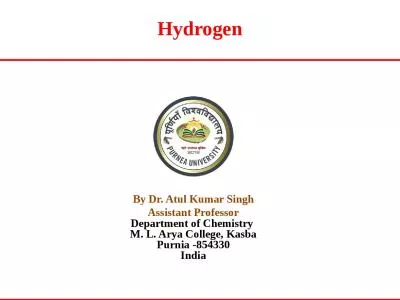PPT-Two Port Network By- Er. ATUL KUMAR AGNIHOTRI
Author : faith | Published Date : 2023-11-12
Overview In this chapter the concept of a twoport network The relationship between input and output current and voltages will be cataloged and described Combinations
Presentation Embed Code
Download Presentation
Download Presentation The PPT/PDF document "Two Port Network By- Er. ATUL KUMAR AGNI..." is the property of its rightful owner. Permission is granted to download and print the materials on this website for personal, non-commercial use only, and to display it on your personal computer provided you do not modify the materials and that you retain all copyright notices contained in the materials. By downloading content from our website, you accept the terms of this agreement.
Two Port Network By- Er. ATUL KUMAR AGNIHOTRI: Transcript
Download Rules Of Document
"Two Port Network By- Er. ATUL KUMAR AGNIHOTRI"The content belongs to its owner. You may download and print it for personal use, without modification, and keep all copyright notices. By downloading, you agree to these terms.
Related Documents



